|
Officials and people inspect the model of restoring Muong Phang sticky rice variety for the 2025 crop. Photo: Nguyen Hien |
Recognizing the importance of preserving agricultural genetic resources, Dien Bien has implemented many scientific topics and projects to preserve and promote the value of endemic plant varieties. Typically, the topic "Restoring varieties, building growing area codes, linking production with processing and consumption of Muong Phang - Dien Bien sticky rice products" chaired by the Department of Science and Technology, implemented at the end of 2023 in Muong Phang commune. Muong Phang sticky rice variety is a rare indigenous genetic resource.
In order to preserve and develop the specialty rice variety of Muong Phang sticky rice, in December 2024, the Provincial People's Committee issued a decision approving the adjustment of the project. Accordingly, focusing on building a production linkage model associated with processing and consumption of Muong Phang sticky rice products, with a scale of 100 - 150 hectares in 2 years; at the same time, forming a consumption linkage chain of 300 - 400 tons of commercial sticky rice that meets VietGAP standards. This is an important step in restoring precious genetic resources towards the goal of making Muong Phang sticky rice a key product, with a growing area code, traceable origin and building a sustainable brand in the market.
To implement the project, in 2025, the Department of Science and Technology will coordinate with the People's Committee of Muong Phang commune to deploy on a pilot area of 2,500m2. According to Mr. Trinh Doan Hoang, Head of the Economic Department of Muong Phang commune: The goal of the project is to survey, collect, and evaluate the genetic resources of Muong Phang sticky rice; restore and produce rice seeds at all levels; perfect the technical process of seed production for Muong Phang sticky rice. Build a production linkage model associated with processing and consumption of sticky rice products; recognize special status and implement the special recognition process of Muong Phang sticky rice and establish, manage, and monitor the growing area code. This is an important step to help recreate the original sticky rice area of Dien Bien, preserve the "rice soul" of the historical land, and at the same time create an agricultural development direction associated with the value of specialties, increasing income for people.
Dien Bien Te Do is a specialty seasonal rice variety commonly grown on terraced fields, upland fields and along streams in highland communes such as Tuan Giao, Muong Cha, Tua Chua, Muong Nhe... This is a rice variety with a long growing period, strong tillering, strong plants, large flowers, red-brown rice grains, less chalky, rich in vitamins and minerals such as B1, B2, B6, Fe, Mg, Ca... Not only has high commodity value, Te Do is also an indigenous rice variety that demonstrates its persistent adaptation to the natural conditions of Dien Bien. Te Do can grow well on many types of soil and different sub-climates, is quite drought-resistant, and is resistant to many major pests and diseases such as blast, leaf blight, and brown planthoppers. However, due to long-term cultivation without selection and restoration; lack of investment in research on cultivation techniques, the yield and quality of Te Do has decreased. Many areas growing red rice varieties cannot maintain purity, causing the specialty value of this rice variety to gradually fade away.
Faced with that situation, since 2020, within the framework of the task of "Research on exploitation and development of genetic resources of Dien Bien red rice", scientists have successfully restored this rice variety. The restoration results contribute to improving seed quality, meeting the local demand for high-quality rice production. In particular, with its drought-resistant and pest-resistant properties, red rice helps develop technical solutions to adapt to climate change for the northern mountainous region. After being restored, the Dien Bien red rice variety has clearly affirmed its effectiveness in practical production. Yields increased by 10 - 15%, the proportion of rice grains meeting commodity standards was higher, the delicious, rich flavor was favored by consumers. The successful restoration of the red rice variety contributed to preserving valuable genetic resources, opening up a sustainable development direction for Dien Bien specialty agriculture.
From the success of preserving and restoring native plant varieties such as sticky rice and red rice, the province continues to expand research, selection and protection of other specialty plant varieties, gradually affirming the position of local agricultural products. Up to now, Dien Bien province has been specially recognized by the Department of Crop Production (Ministry of Agriculture and Environment) for 11 local plant varieties, including: Queen pineapple, Pu Lau cayener pineapple, purple cardamom, Tua Chua Shan Tuyet tea, Tua Chua taro, Phi Nhu taro, Na Son red peanuts, Tia Dinh green squash, Muong Nhe red peanuts, LT16 cassava and Dien Bien Mong cucumber (also known as Dien Bien cat melon). This is a remarkable result, demonstrating the locality's efforts in preserving and restoring native plant varieties, affirming the value and brand, opening up opportunities for agricultural economic development in the direction of specialty goods.
Among the recognized plant varieties, many have affirmed their position in the market and become the main agricultural products of each region. Typical is Shan Tuyet Tua Chua tea with a strong flavor, sweet aftertaste, tea buds covered with a characteristic layer of white snow, recognized as an OCOP product and exported to many demanding markets. Or the product of queen pineapple, cayenne Pu Lau pineapple with high yield, strong sweetness, characteristic aroma, purchased by many businesses for deep processing.
The effectiveness of developing specialty crops has brought about a clear change in Dien Bien's agricultural economy. Many commodity production areas have been established, creating jobs and increasing income for people. The products have contributed to diversifying the crop structure, promoting tourism development, and building local brands. Some enterprises and cooperatives have linked with farmers in production, processing, and consumption, helping to stabilize output and increase product value, creating a foundation for sustainable development of specialty agriculture.
From this practical effectiveness, Dien Bien continues to aim for the long-term goal of combining exploitation, development and conservation with modern scientific methods. This is also an important step to help the locality proactively preserve biodiversity and promote indigenous values in economic and cultural development.
The conservation and development of indigenous plant varieties has profound scientific significance and cultural and social values. Each plant variety is closely linked to the life, farming practices, festivals and folk knowledge of ethnic minorities. Preserving indigenous varieties means preserving the cultural identity of the highlands, creating a foundation for the development of ecotourism and agricultural tourism. Many localities have linked the conservation of varieties with the development of regional typical products, such as Shan Tuyet tea growing experience tourism in Tua Chua, visiting the pineapple growing model in Dien Bien...
National Emblem
Source: https://dienbientv.vn/tin-tuc-su-kien/kinh-te/202511/bao-ton-phuc-trang-giong-cay-trong-ban-dia-5821705/


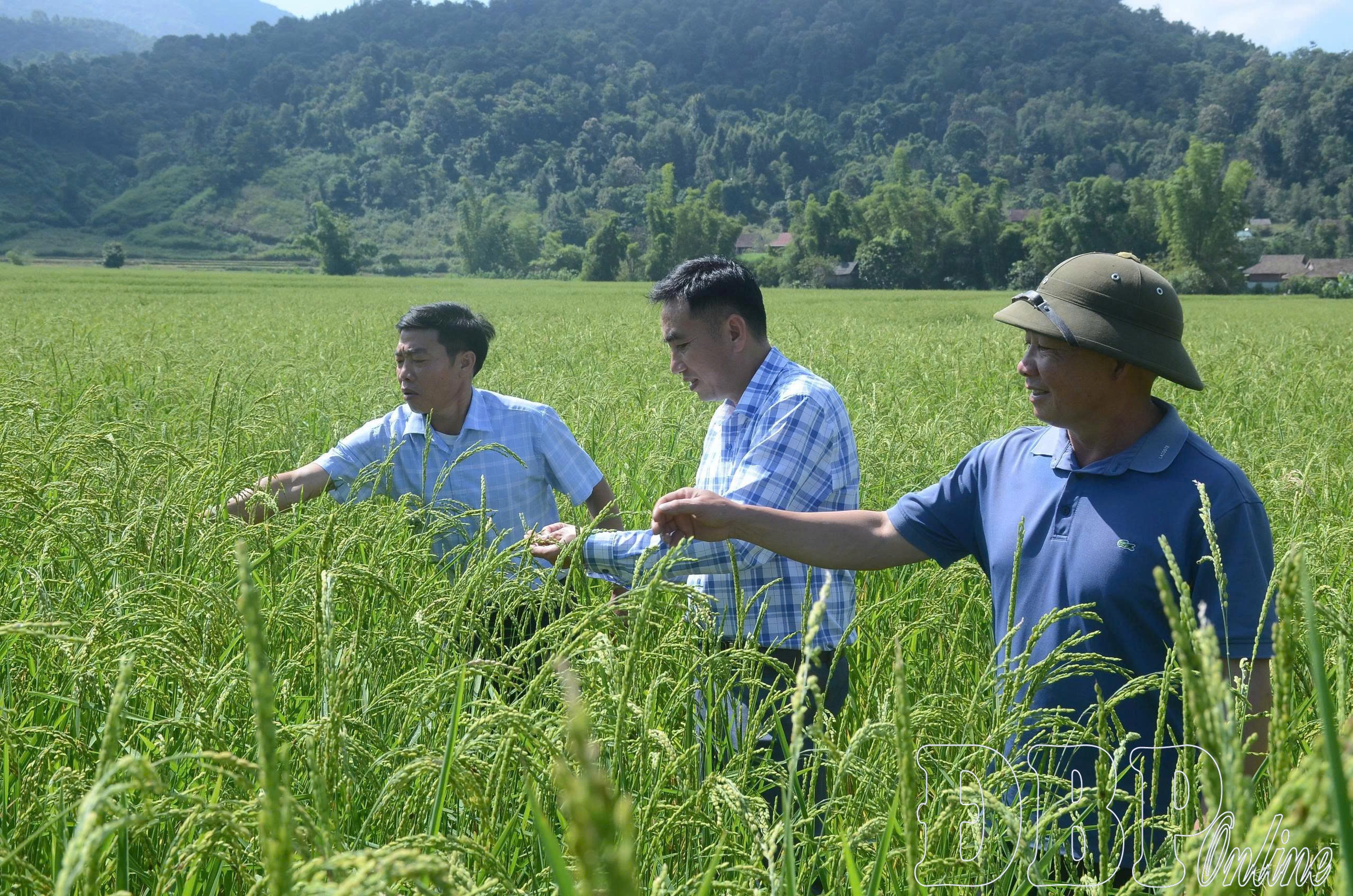








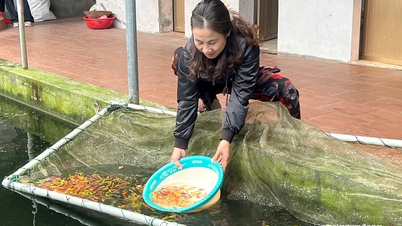





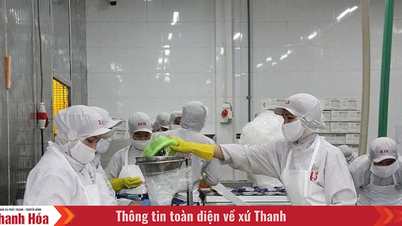









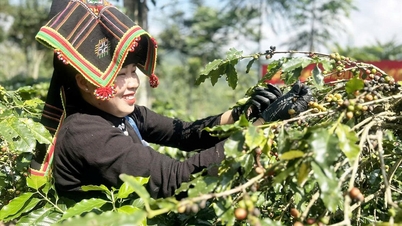
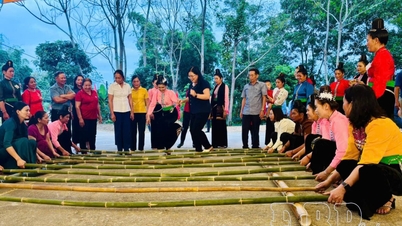

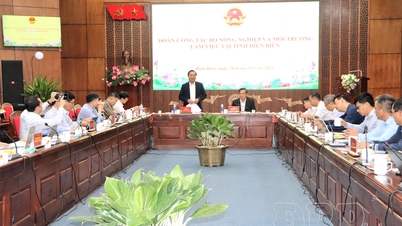

![[Photo] General Secretary To Lam and National Assembly Chairman Tran Thanh Man attend the 80th Anniversary of the Traditional Day of the Vietnamese Inspection Sector](https://vphoto.vietnam.vn/thumb/1200x675/vietnam/resource/IMAGE/2025/11/17/1763356362984_a2-bnd-7940-3561-jpg.webp)







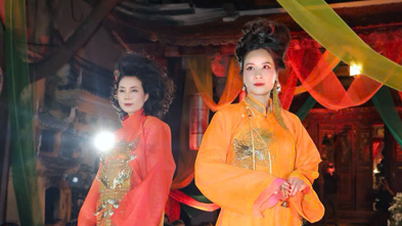
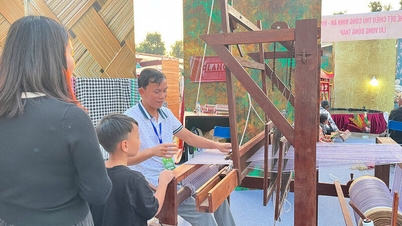

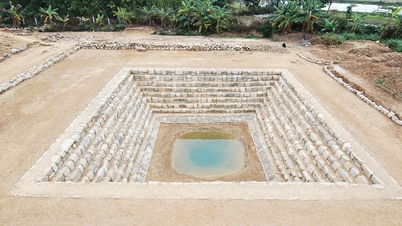

































































Comment (0)